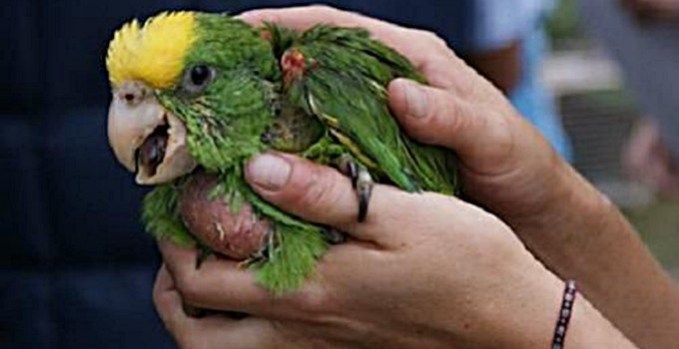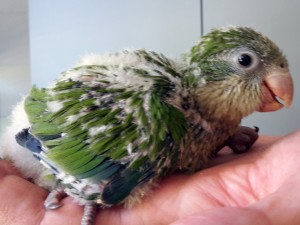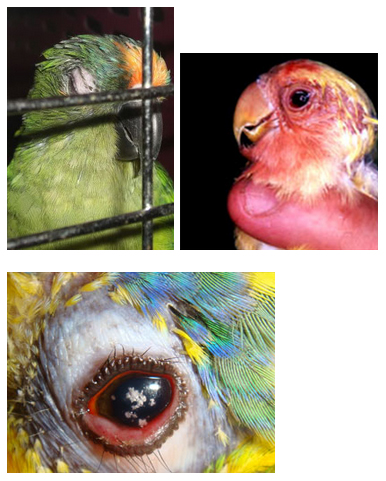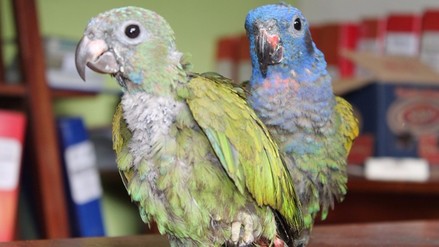Psittacosis in Parrots
Psittacosis in Parrots The parrots are part of the family Psittaciformes which is a family of wild birds that have a high presence in the areas of America and Africa. They are characterized by having a
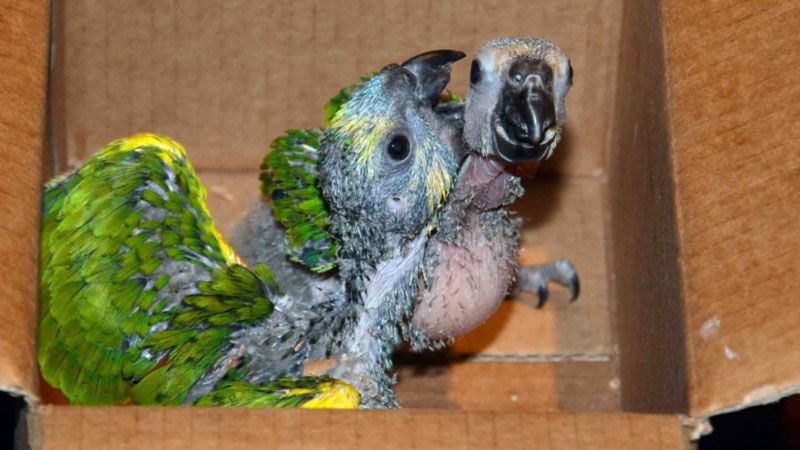
Psittacosis in Parrots
The parrots are part of the family Psittaciformes which is a family of wild birds that have a high presence in the areas of America and Africa. They are characterized by having a beak with a curvedshape and having very striking colors in their plumage. Parrots require a lot of care like any bird that stays in captivity, and even more because they are susceptible to diseases that can end their life in a short time. They are characterizedby being silent.
Parrots usually have a size between 30 to 40 centimeters and have high intelligence since they can learn to repeat words. They are excellent fliers and can be grabbedfrom the branches. Despite all its unique physical characteristics, it is not a species that does not get sick, one of the most common is the psittacosis in parrots which is also known as ornithosis or parrot fever. It is adisease that has caused high levels of mortality in parrots.
For example, 100 years of life on average that has a parrot can be truncated by this disease. Paying particular attention to this zoonosis is necessary. This article is intended to learn everything you need about this parrot disease.
What is Psittacosis?
It is a disease that severely affects parrots. It is causedby the bacterium called Chlamydiaphila Psitacci which causes the conditionknown as ornithosis, Chlamydiaor parrot fever. This disease is widespread in parrots, although it can also affect other birds and being considered as a zoonosis, it can be transmitted to humans through feces of animals.
One of the characteristics of this disease is that it spreads very fast, weakens the immune system of parrots and in humans occurs almost the same. When this disease presents, it may originate other illnesses by making the diagnosis not so simple and sometimes wrong.
What are the causes of psittacosis in parrots?
The method of contagion is through the respiration of particles of excrement, feathers or secretions of other birds or infected species. The animal breathes them and begins the process of infection of Chlamydia Psitacci.
Another detail to keep in mind is that this bacterium can be in the organism of the birds in a hidden way. It means that they will be there but without manifesting symptoms. It will be present as soon as the immune system of the parrot is compromised or is under a period of stress.
Symptoms of psittacosis in parrots
Likeany disease, it should present symptoms, psittacosis in parrots is not an exception since it is possible that in parrots the symptoms can be confused with another disease. It is a disease that could lead to poor diagnosis and mistreatment which could cause the bird death faster.
One of the main characteristics is to decrease the defenses of the parrots, being susceptible to other diseases. In the end, this disease can end the lifeof a parrot. There are several symptoms you can recognize.
To avoid sudden death in your pet, the symptoms of psittacosis in parrots are sinusitis, swelling that occurs around the eyes and conjunctivitis, there are eye and nasal secretions, as well as sneezing and diarrhea with tones Yellow-greenish.
When the lastsymptoms are present, the parrot begins to lose weight, if this disease is not treatedurgently, it is usually a path to sudden death, thisis why special care should be takenin all the symptoms presented in the psittacosis.
How is psittacosis diagnosed?
Any disease in animals has a procedure to be detected, and adequate treatment can be applied. Laboratory tests are used as a reliable method for this.
Although it should begin with an exhaustive physical examination, this one must be doneby a veterinarian. Subsequently, it is the professional who will arrange the laboratory tests:
• Antigen detection: Used to identify the presence of the bacterium in the excrements or nasal and ocular secretions. Usually, it is a reasonablyquick test in its realization.
• Antibody detection: For this type of laboratory test, the veterinarian is required to extract a blood sample from the parrot to be processed in the laboratory and to detect the antibodies that are generated in response to the bacteria that provokes the psittacosis.
Treatment of psittacosis in parrots
The treatment given to a parrot will depend on how severethe disease is at the time of the diagnosis confirmation. Treatment is usually by antibiotic drugs with a minimum duration of 45 days. All pharmacological treatment depends on the age and weight of the bird.
How to prevent the contagion of psittacosis?
The first thing to keep in mind is that this bacterium can be infected from one bird to another, as well as it can be transmittedto humans. One of the primary measures to avoid contagion is hygiene. In other words, the place where the birds live must be clean to preventpropagation.
For people who are immunosuppressed is much more feasible to acquire the disease and be aggressive. In this case, you should go to the doctor as soon as possible.
To keep clean the area where the parrots liveis necessary to wear gloves and a mask. Itis not to exaggerate but to protect themselves against this disease. Wash your hands when you finish touching the bird, as well as follow the directions of the veterinarian. The other thing you can take into account isto takeit to the vet for its medical appointments.

